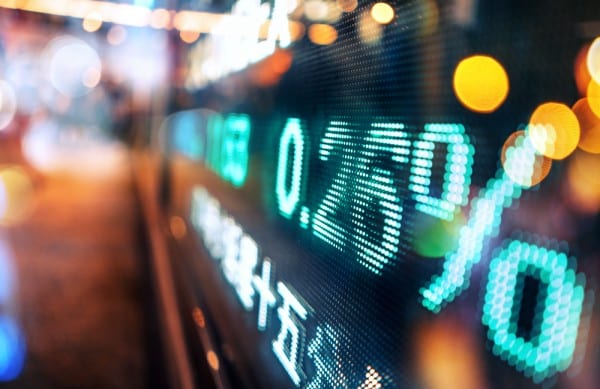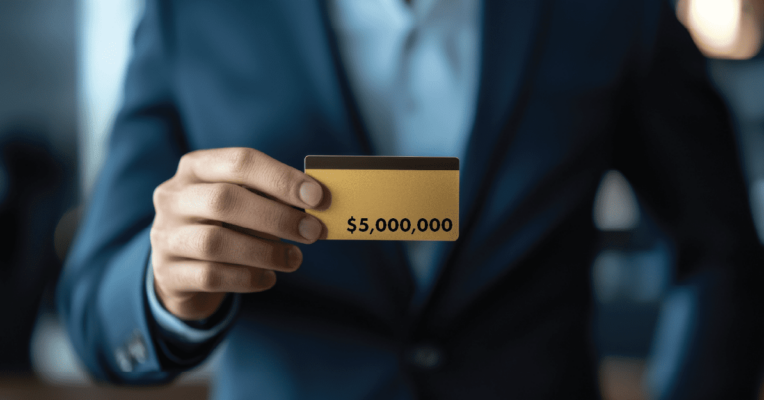How Will Fed Interest Rate Changes Impact Me?
An overview of how interest rates affect the economy and your investments
In March of this year, the Federal Reserve raised its short-term interest rate to a range of 0.75 percent to 1.00 percent, the highest since 2008. Another rate hike followed in June, taking it up another quarter point. Federal Reserve Chairwoman Janet Yellen alerted Congress that at least one more will occur before the end of 2017. With two rate hikes in the bag and one on “standby,” should you be worried about your investments?
People wonder about what a rise in interest rates will do to the value of their bond portfolio. It’s a valid concern, considering the often costly impact to average consumers and businesses. An interest rate hike impact could be unwelcome news for some and good news for others.
How do interest rate hikes affect the economy?
When interest rates rise, there isn’t a person who doesn’t feel the impact, regardless of what’s in your investment portfolio. Average consumers feel the crunch of having to pay more for purchases. Businesses see higher costs with expansion and payroll. These actions create a ripple effect through the credit market, bumping into a myriad of other factors that could impact your investments.
Let’s take a look at how rate hikes influence specific areas of the economy:
Prime Rate: The prime rate is the credit rate banks offer to their most trusted borrowers, acting as the rate on which other forms of credit are based. A higher prime rate for “good” borrowers also means a higher rate for less credit-worthy individuals.
Credit Card Rates: Banks will be looking more closely at risk profiles, which could affect the ability to borrow funds. Putting credit cards in perspective of the recent quarter-point rate hike, consumers can expect to pay an extra $2.50 per year on a $1,000 balance.
Savings Rates (Money Markets, CDs, etc.): It’s good news to those who aren’t in debt, but those who owe on credit cards or another financial burden may be more likely to pay off their debt than take advantage of higher-earning interest options.
National debt: A boost in borrowing costs typically means a boost in the national debt. A report from the Congressional Budget Office illustrates that the U.S. government might owe $2.9 trillion more over the next 10 years than if the interest rates stayed closer to zero.
Business Profitability: Unless you’re a bank, you might expect to see your bottom line suffer a blow. Businesses who need capital to expand will be paying more for it.
Consumer Purchases: With higher credit card rates, impulse buys and frivolous spending tend to wane.
Home Sales: With an uptick in the interest rates comes a parallel swing in mortgage rates. Combine that with closer risk profiling and home sales tend to cool.
Actions like a Fed interest rate hike can set off a domino train of varied consequences. For example, a company raises its selling price to pay for its increased interest on borrowed capital, which forces the consumer to find an alternative product that’s more affordable. This loss of business can further impact a company’s profitability. The company may then increase its prices to make up for lower profits.
This is just one example of infinite possibilities. But it illustrates the importance of knowing what to expect from a Fed interest rate increase from multiple angles, not just how it affects a single investment.
Bond safety during an interest rate hike
Moving into bond safety calls to mind a recent conversation with one of our clients who was making a large business purchase and was trying to lock in the rate before the Fed met. Unable to predict the exact fluctuation of interest rates, I suggested that the market had already priced in some sort of hike.
Sure enough, when the Fed acted and raised rates by 25 basis points (BPS), interest rates actually dropped. There was enough speculation that the Fed would raise rates by more than 25 BPS that the bond yield declined!
What will a rise in interest rates do to the value of your bond portfolio? Truthfully, it really depends on the duration of the bonds. The longer the duration, the more sensitive the price will be to interest rate changes. That’s why, in this interest rate environment, high quality bonds of a very short duration are the best bet. Interestingly, in the last 80 years, there have only been eight years in which 5-year Treasury returns were negative. Of those eight years, only one was down more than 3 percent.
The lesson here is that the market, whether stocks or bonds, typically prices in all available information. This is one reason why indexing and evidenced-based investing are much more effective in an age where we have so much information at our fingertips.
Conclusion
Some good news from the recent Fed rate hikes is that the overall prognosis for the American economy is a healthy one. The Fed wouldn’t be raising rates otherwise.
If you’re concerned about how your investments will fare during the interest rate hike, the biggest planning opportunities in a fixed income portfolio are around understanding:
- The spread between taxable and non-taxable bonds
- Where we are in the interest rate cycle
- Matching credit quality and duration to your cash flow needs
- Location of the bonds in your portfolio—i.e., taxable or non-taxable (retirement) account
Many factors determine how Fed interest rate changes will impact individuals and businesses. Reach out to us today to learn more about how you can prepare your investments regardless of interest rate activity.
Read more from our blog:






